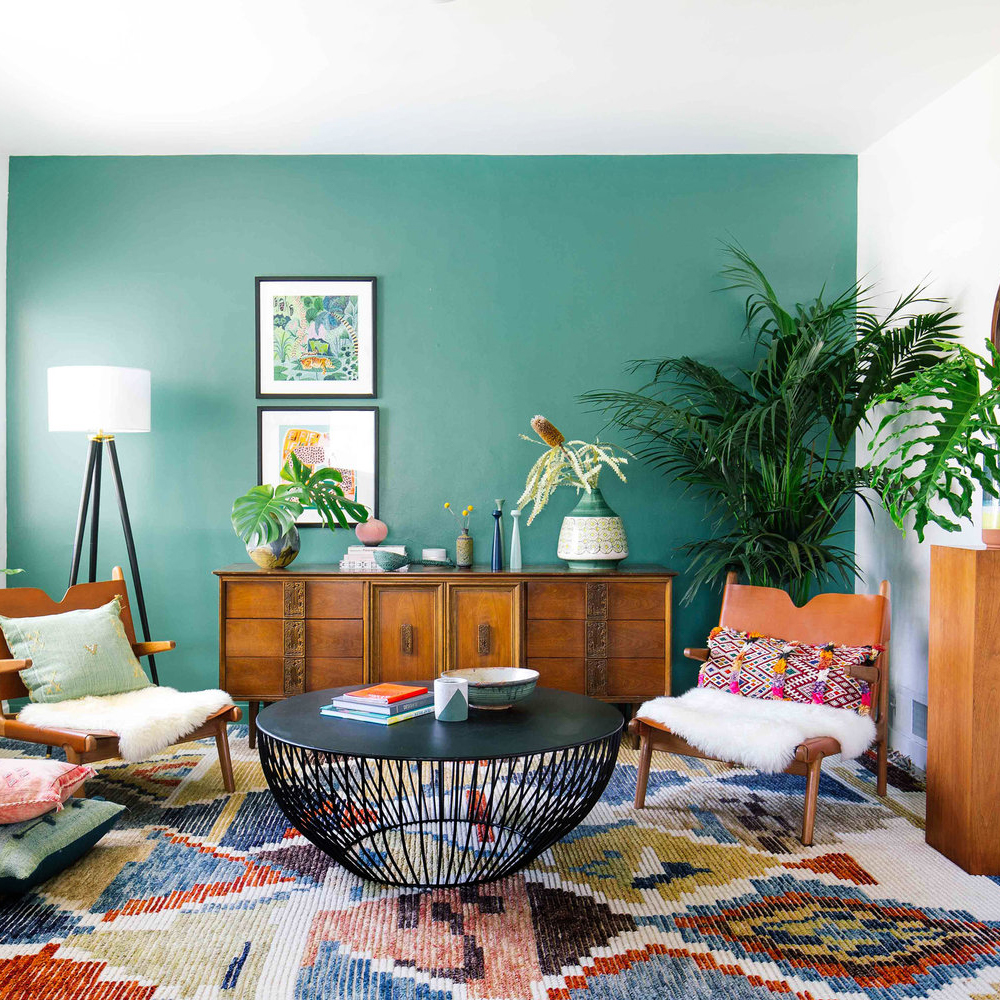
Reviving the Past with Retro Design Lamps
Introduction
Lighting is an essential aspect of interior design, as it creates a mood, sets a tone, and enhances the aesthetics of a space. Over the years, the lighting industry has undergone a transformation, with styles and designs continuously evolving. However, there is a certain charm and appeal to retro design lamps that reigns supreme even today. In this article, we will explore the reasons behind the immense popularity of retro lamps and how they can add a touch of nostalgia to your home decor.
The Rise of Retro Lamps
The word retro is a Latin term that means “backward” or “in the past.” Therefore, by definition, retro design refers to the revival of styles from previous decades. Retro lamps, characterized by a combination of classic materials, shapes, and colors, have become increasingly popular in recent times. One of the reasons behind their resurgence is their ability to evoke a sense of nostalgia and romanticism of a bygone era, making them a perfect fit for modern homes that crave a vintage look.
Appeal of Retro Design Lamps
Retro lamps come in a variety of designs, ranging from Art Deco-inspired to more funky and psychedelic 60s and 70s designs. They were created during a time where aesthetics and functionality were equally important, which is why they often have a timeless appeal that can fit perfectly in any room of the house. For example, the use of brass and glass in mid-century modern lamps exudes elegance and simplicity, while the more playful and eclectic designs of the 70s include bright colors, bold patterns, and geometric shapes that add a pop of color to any room.
Retro Lamps and Sustainable Home Design
With the current focus on sustainability and environmentalism, retro lamps have carved a niche for themselves that both appeals to this philosophy and reminds us of a simpler time before the invention of single-use plastics. Many retro lamps are made from recycled or organic materials, such as glass or metal, making them a more sustainable choice for the environmentally conscious. Additionally, since they are not reliant on modern technology, they can be repaired, reused, and repurposed, contributing to a more sustainable home design.
